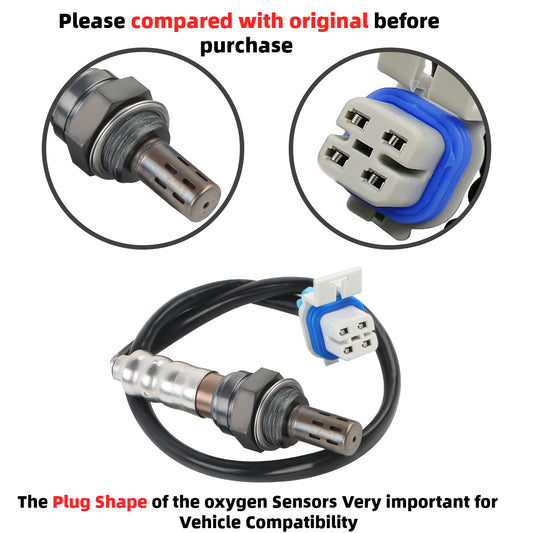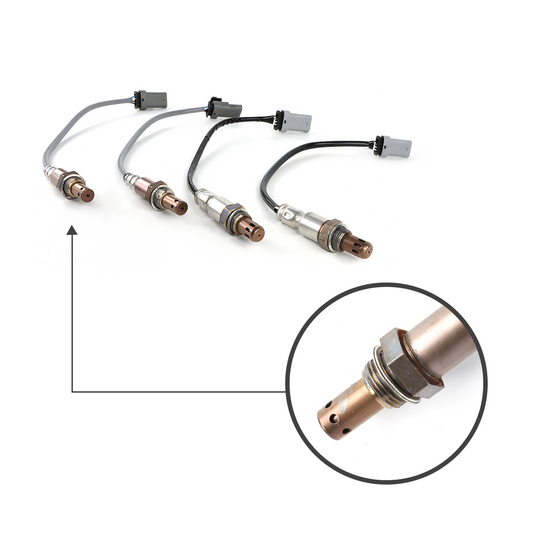How do I know my Transmission Control Module (TCM) is bad?
The Transmission Control Module (TCM) is a critical component of a vehicle's transmission system. It plays a crucial role in controlling and regulating the shifting of gears, ensuring smooth and efficient operation. However, like any electronic component, the TCM can experience issues or failures over time. When faced with a malfunctioning TCM, many vehicle owners wonder if it can be repaired rather than replaced. In this article, we will explore the repair options for a TCM and discuss the symptoms of a bad TCM.
Understanding the TCM
Before delving into the repair options, it's important to have a basic understanding of what the TCM does. The TCM monitors various sensors and inputs related to the transmission system, such as vehicle speed, throttle position, and engine load. Based on this information, it controls the engagement and disengagement of gears, ensuring optimal performance and efficiency.

What Symptoms of A Transmission Control Module (TCM) is bad?
When a transmission control module (TCM) goes bad, it can cause a variety of problems with the vehicle's transmission system. The TCM is a crucial component that controls and regulates the transmission's shifting and operation. Here are some common symptoms and issues that can occur when a TCM is failing or has gone bad.
Erratic Shifting: One of the most noticeable signs of a bad TCM is erratic shifting behavior. You may experience harsh or delayed shifting, where the transmission shifts gears suddenly or too late. This can result in jerking movements or a noticeable struggle to shift smoothly.
Stuck in Gear: The transmission may get stuck in a particular gear and refuse to shift. This could be a safety hazard, especially if the vehicle gets stuck in a high gear, limiting acceleration or causing excessive engine revving.
Failure to Shift: The transmission might fail to shift out of a particular gear, such as staying in "limp mode," which is often second or third gear. This is a protective measure to prevent further damage, but it severely limits the vehicle's performance.
Loss of Power: A failing TCM can lead to a loss of power, especially during acceleration. You might notice the vehicle struggles to get up to speed or feels sluggish.
Transmission Warning Light: Most modern vehicles have a transmission warning light on the dashboard. If the TCM is malfunctioning, this light might illuminate to indicate a problem with the transmission system.
Difficulty Engaging Gears: You may find it difficult to engage certain gears, such as reverse or drive. This can be particularly problematic when trying to maneuver the vehicle.
Overheating Transmission: In some cases, a malfunctioning TCM can cause the transmission to overheat due to improper operation of the cooling system or continuous slipping of gears.
Transmission Slipping: A faulty TCM can cause the transmission to slip, which means it may randomly shift in and out of gear while driving. This can be dangerous, as it can lead to a sudden loss of power or control.
Check Engine Light: Along with the transmission warning light, a failing TCM can also trigger the check engine light on the dashboard. This indicates that the vehicle's onboard computer has detected a problem with the transmission or the TCM itself.
Poor Fuel Economy: When a TCM is not functioning correctly, the transmission may not shift efficiently. This can result in the engine working harder than necessary, leading to decreased fuel efficiency.
Strange Noises: A failing TCM might cause the transmission to make unusual noises, such as whining, buzzing, or clunking sounds. These noises can indicate that the transmission is not operating as it should.
Transmission Stuck in "Safe Mode": Some vehicles have a "safe mode" or "limp mode" that the transmission goes into when there is a problem. This mode is designed to protect the transmission from further damage by limiting the vehicle's speed and performance. A bad TCM can cause the transmission to remain stuck in this mode, even after the initial issue is resolved.
Difficulty Starting the Vehicle: In some cases, a failing TCM can cause starting issues. This happens when the TCM fails to send the proper signals to other components of the vehicle, such as the starter or ignition system.
Transmission Fluid Leaks: A malfunctioning TCM can lead to increased pressure or improper operation of the transmission, which in turn can cause leaks in the transmission system. Leaking transmission fluid can lead to further damage if not addressed promptly.
TCM problems can manifest in various ways, including erratic shifting, failure to shift gears, or even complete transmission failure. These issues can be caused by electrical faults, sensor malfunctions, or software glitches within the TCM itself. Some error codes specific to a faulty TCM include p codes: P06B8, P0613, P0700, P0706, etc. Erratic Shifting – The automatic transmission relies on the TCM to shift smoothly. Unless your vehicle has a manual override option, and it is engaged, your car should be shifting effortlessly.
If you want to know more about P06B8, please read this article TCM P06B8 Error Code: Causes And Solutions
Replacement or Repair:

When faced with a faulty TCM, the first consideration is whether to replace it entirely or explore repair options. In some cases, replacing the TCM with a new or re-manufactured unit may be the most straightforward solution. However, there are instances where repairing the existing TCM can be a cost-effective alternative.
Professional TCM Repair Services and Factors to Consider:
There are specialized companies that offer TCM repair services. These companies have the expertise and equipment to diagnose and repair specific issues within the TCM. They can identify faulty components, repair or replace them, and reprogram the TCM if necessary. When deciding between TCM replacement and repair, several factors should be considered. These include the cost of a new TCM versus the cost of repair, the availability of replacement parts, the age and condition of the vehicle, and the expertise and reputation of the repair service provider.
DIY TCM Repair Or Consultation with Professionals:
In some cases, experienced individuals with technical knowledge may attempt to repair the TCM themselves. This can involve identifying and replacing faulty components, soldering connections, or reprogramming the TCM using specialized tools and software. However, it's important to note that DIY repairs require a high level of skill and understanding, and any mistakes can lead to further damage or malfunction. Regardless of whether you choose professional repair services or attempt a DIY repair, it is advisable to consult with experienced professionals. They can provide guidance, diagnose the specific issue, and offer recommendations based on their expertise.
Conclusion
In summary, when faced with a faulty TCM, there are options to consider beyond immediate replacement. Professional TCM repair services can be a viable solution, offering cost-effective repairs and potentially extending the lifespan of the existing TCM. However, the decision to repair or replace should be based on factors such as cost, availability of parts, vehicle age, and the expertise required for the repair. Consulting with professionals is essential to ensure the best course of action for your specific situation.

















